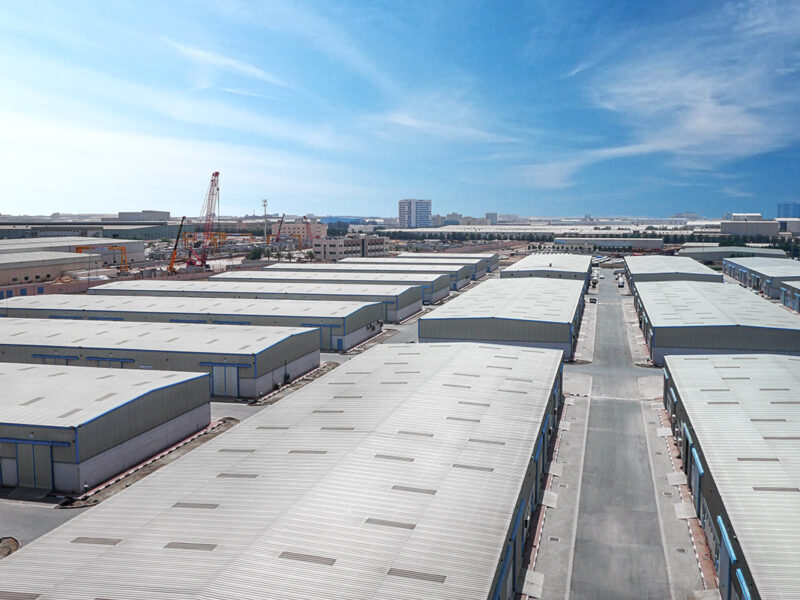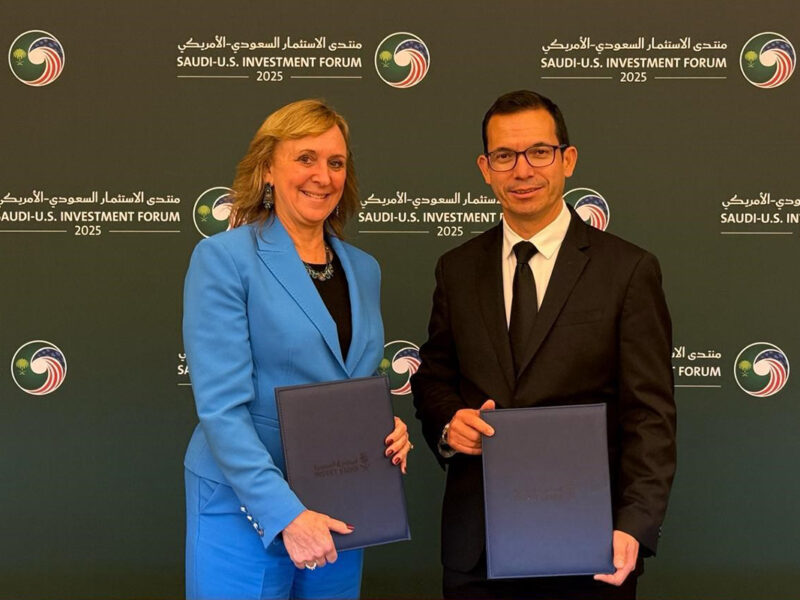Dubai in June will open the first section of its new international airport, which aims to become the world’s largest passenger and cargo hub.
Al Maktoum International Airport on June 27 will open a cargo terminal with an initial capacity of 250,000 tons a year, Andrew Walsh, vice-president for cargo and logistics at Dubai World Central, the airport developer, said in an interview today in Dubai.
The terminal’s capacity will increase to 600,000 tons a year, he said.
Dubai is expanding airport capacity to grab a bigger share of global trade and tourism. The emirate is spending $33 billion on Al Maktoum International on expectations its existing hub won’t be able to cope with surging demand.
Dubai is seeking to recover from a slowdown last year that forced state owned companies to delay debt repayments.
Dubai’s current airport, Dubai International, received 40.9 million passengers last year and is being expanded to accommodate 75 million by 2012. The emirate expects arrivals to reach 140 million a year by 2025.
Walsh said: “We need an area that doesn’t have the same constraints as now.”
He said the first passenger terminal at Al Maktoum will be “substantially complete” in June and will eventually have a capacity of 7 million arrivals a year, though no date has been set for the start of passenger flights.
The new airport, some 40 kilometers (25 miles) from the current one, will eventually have five runways, four passenger terminals able to accommodate 160 million arrivals a year, and 18 cargo terminals with a capacity of 12 million tons.
It’s adjacent to Jebel Ali port, which will make it faster to load freight that arrives in Dubai by sea onto planes. Within a decade, Al Maktoum is due to become the new hub for Emirates, the largest Arab airline.
The global recession has slowed the timetable for construction of the airport, which is expected to be largely completed within 15 years, Walsh said.
Dubai pushed back the opening of the first section to this year because of building delays.
Dubai, which already has 60 percent of the Middle East’s imports transiting its borders, is within eight hours’ flying time of two thirds of the world’s population who live in Asia, Africa and Europe, Walsh said.









